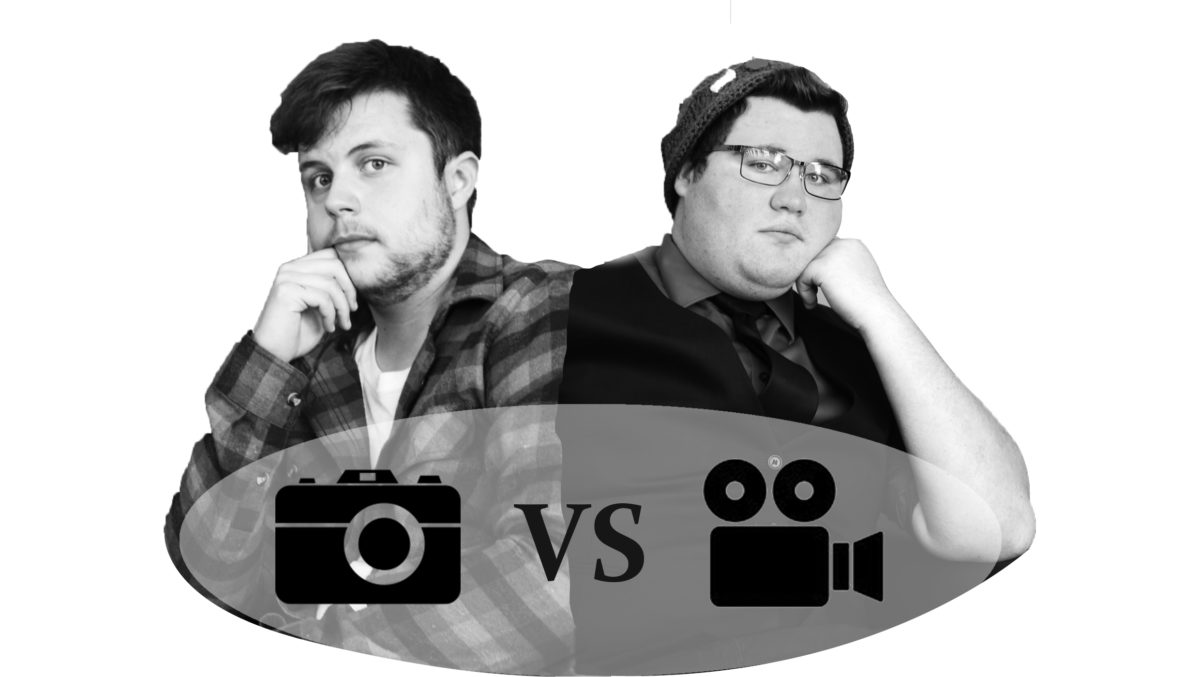Photography: William Cumming
A picture is worth a thousand words. It’s an old adage and I’m sure at one point or another we’ve all heard it. That’s because it’s true, photos are truly the superior artistic medium.
The use of still images to share experiences dates back to the times of cavemen doodling on walls. Those drawings told a story of life using just a few simple images and not much has changed, except for the medium we use to create those images. Nothing has had to change, we perfected the art of storytelling with images so long ago, now we just want to make it look prettier.
Of course, videographers think they are superior because of the motion they can convey with their medium. They think a moving picture (that’s right, they still call them pictures) is a suitable replacement for the art of photography. Of course, if that were true then the DSLR would be obsolete in favour of the video camera, but we are still going strong.
That’s because photography — and I mean good photography, not the millions of blurry selfies posted on Instagram every day — tells a story in a way that is unique to every viewer. With only the information presented in a single frame, the viewer fills in what happened before and after. Every story is unique, and sometimes different viewers can experience multiple stories from a single photo. You just don’t get that same experience from a video, which blasts 60 frames per second into your brain. There’s just no room for the imagination to run free.
Speaking of imagination, photographers have to have a good one. I’m not saying videographers don’t, but the task of telling a story in a single frame is completely different than telling it across two hours. That limitation forces photographers to think, to really dig into all their creative reserves, to find a way to make it work.
There’s just no need to change a good thing and that’s why photos haven’t changed. The only time images should move is when they are hung on the walls of Hogwarts.
Videography: Troy Glover
If a picture is worth a thousand words then at 60 frames per-second, a 10-second video is worth 600,000. Video is not only the superior artistic medium, it’s the future.
Not just anyone can point and click when it comes to a video. If that were the case then all the grainy, unfocused amateur videos would be the reference for all video work. Telling a story through video is just as much as an art as photography. Video needs lighting, audio, framing, setting and characters. It seems like more trouble than photography to be honest.
Some minds can pick up on what a photograph is saying easily, but that isn’t the case with others. Video doesn’t “hold peoples hands.” It cares about whether or not people grasp the moving ideas in front of them, and strives to ensure there is as little confusion as possible. The Oscars may award the Best Picture, but they give it to video.
Of course video hasn’t been around as long as photography, video was derived from photography! “Moving pictures” is what it used to be called. Video is set to take its place as the main medium for storytelling because it’s the next step. With video you can make a 360 degree recording that makes people think they are interacting with the world. This can be done with a photo as well but it isn’t as immersive. People don’t want to look at a still image and try to understand it as much as they want to see an moving environment right in front of them they can grasp right away.
Movies fill theatres with millions of people and make millions of dollars. Millions of dollars are made through video. Video inspires life. It keeps things looking alive even after many years have passed. Video makes the world we know today — whether it be through movies, news, vlogs or sports — more accessible. Video will continue to dominate the worlds media forms, will continue to be more known than photos and will continue to move forward while photos stay still.

